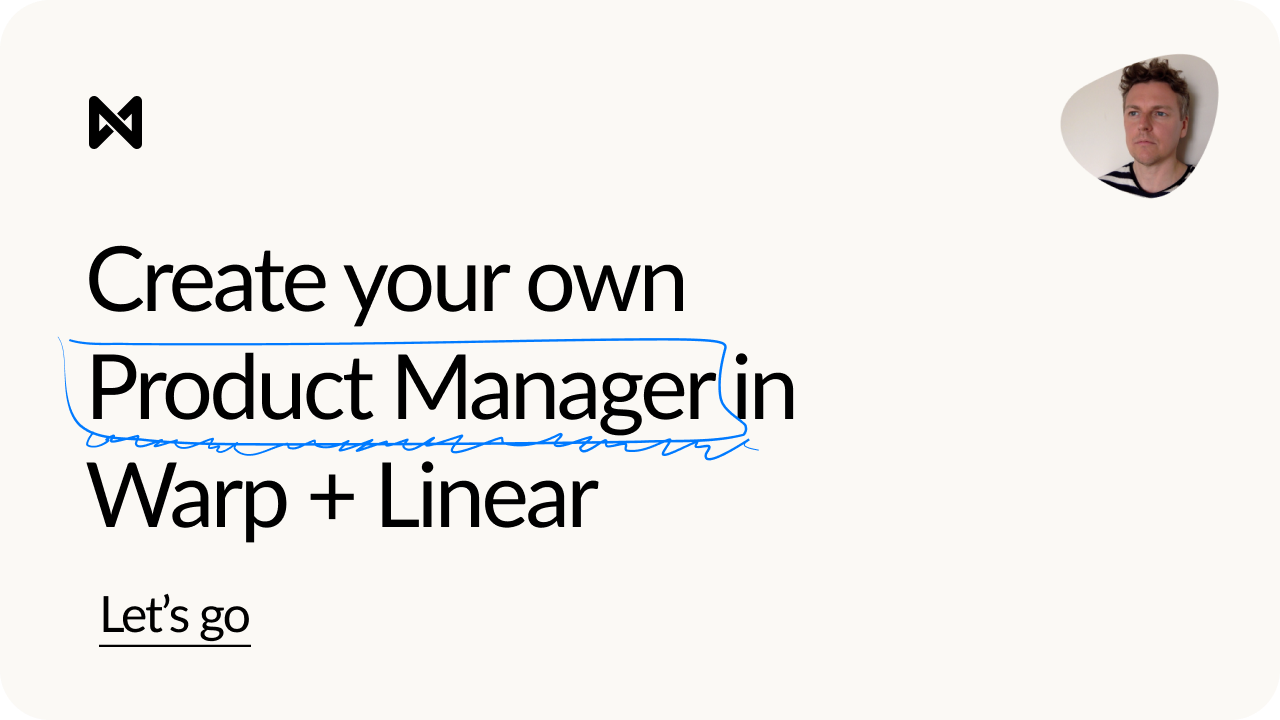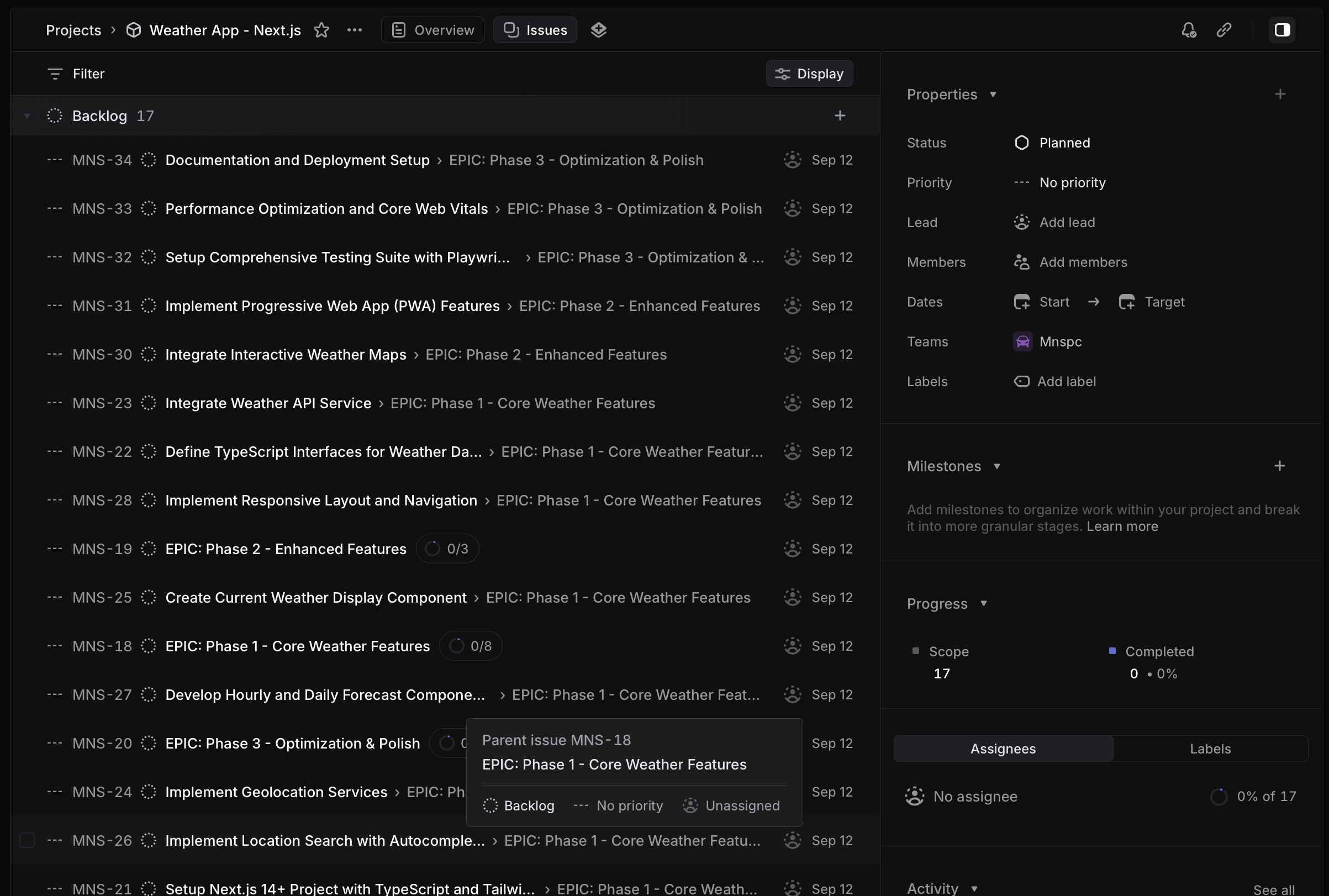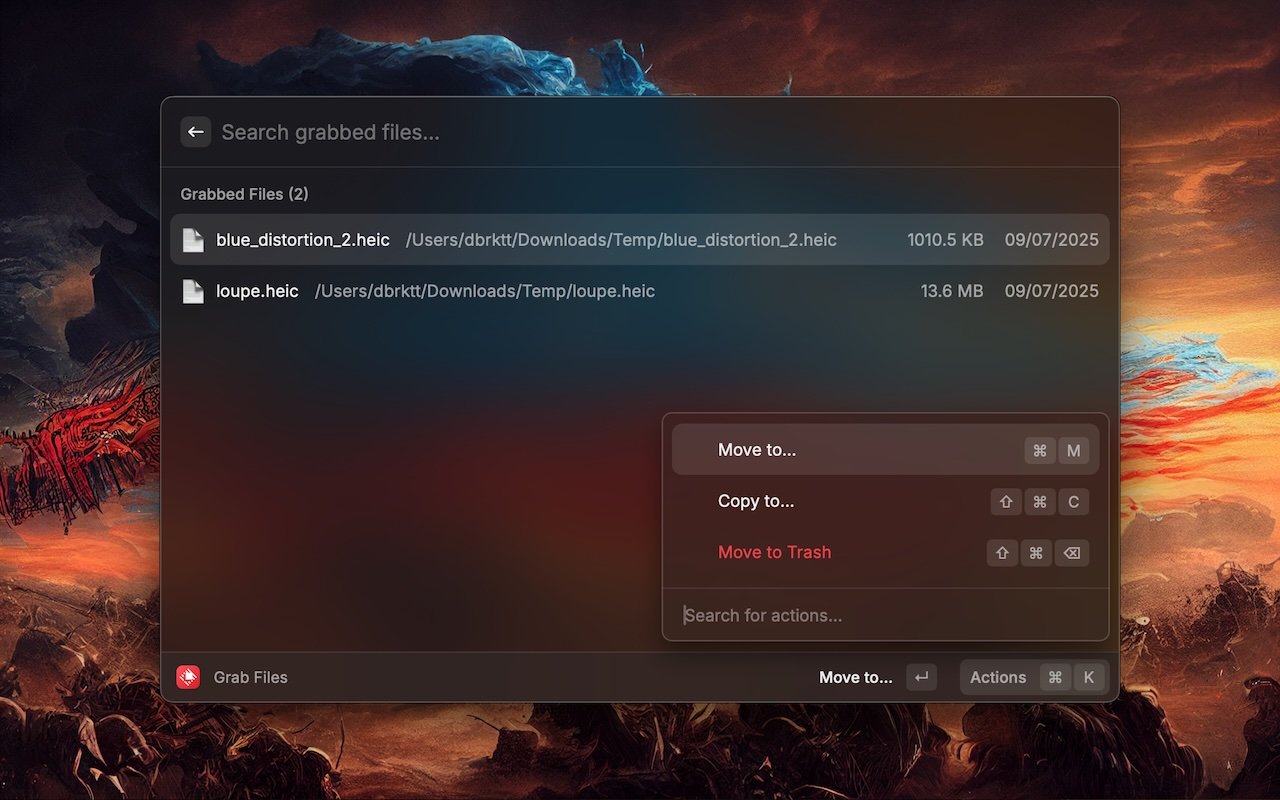
Building Apps from PRD Tasks Automatically
In the last video, we used Warp (with an MCP server) connected to Linear to generate a PRD and a full backlog for “Metaprod.” Today we actually start building—directly from those Linear tasks—while keeping the agent on a tight leash: one ticket, one sub-task at a time.

Metaprod: Spin Up a Product Manager Agent in Warp
If you’re curious about how to bring product management automation into your dev workflow, this demo will give you a taste of what’s possible.

How to Vibe a PM Agent
With one lean prompt, Warp generated a PRD for a Next.js weather app and auto-posted a full Linear project: 3 epics, detailed tasks, acceptance criteria, and “definition of done.” The diff-first UI kept every change transparent, and Auto mode handled the grunt work.

Creating a Raycast productivity extension with Cursor + AI
10x your productivity with this Point-to-Point Raycast extension

When prompting goes wrong… and what we can learn.
When prompting AI inaccurately blows up in your face… and what we can learn from it.

Context Engineering: Bootstrapping AI coding agents
If you’ve been experimenting with AI tools like GPT-4, Claude, or Cursor to generate code, you’ve probably realized this: the prompt is the blueprint. But vague prompts yield vague results. That’s why I’ve been developing Super Prompts—structured, markdown-based project guides that act like mini product specs for coding agents. This is now called Context Engineering.

Vibing with V0: A deployed Subscriptions management app in <5 minutes.
Just a quick Friday share — I jumped into V0.dev to test out building a subscription management app… and wow. Things have evolved fast.

Vibe-coding an iOS App MVP in less than 10 minutes.
In this vibe coding session, we’re diving into the creation of a UX Flashcards app using Xcode and Cursor! Whether you’re a designer, product manager, or just love coding.

Vibe-coding is the future of product design (for now)
Vibe coding is here! In this quick demo, I explore how AI is transforming product development, making it faster and more intuitive than ever. Using Cursor and XO, I demonstrate how AI can help build and iterate on a project in real-time—no traditional coding required!

Super-primitives in design systems.
Lay out the foundation of your design system by exploring primitives—small reusable building blocks. You’ll learn how to set up reusable components in Figma that power other components. Getting your primitives right means a cleaner, more scalable system down the line—let’s dive in!
